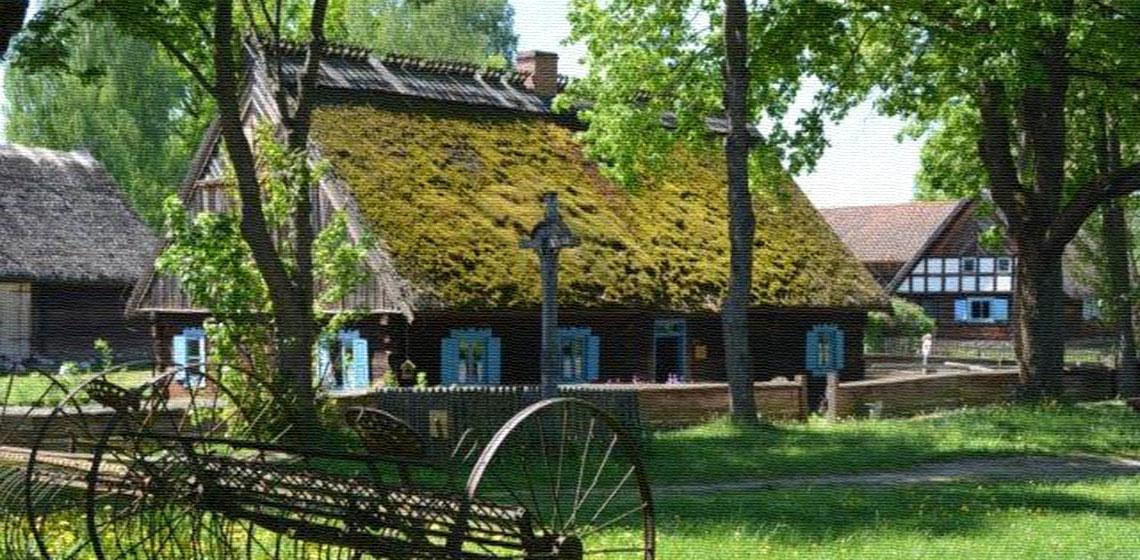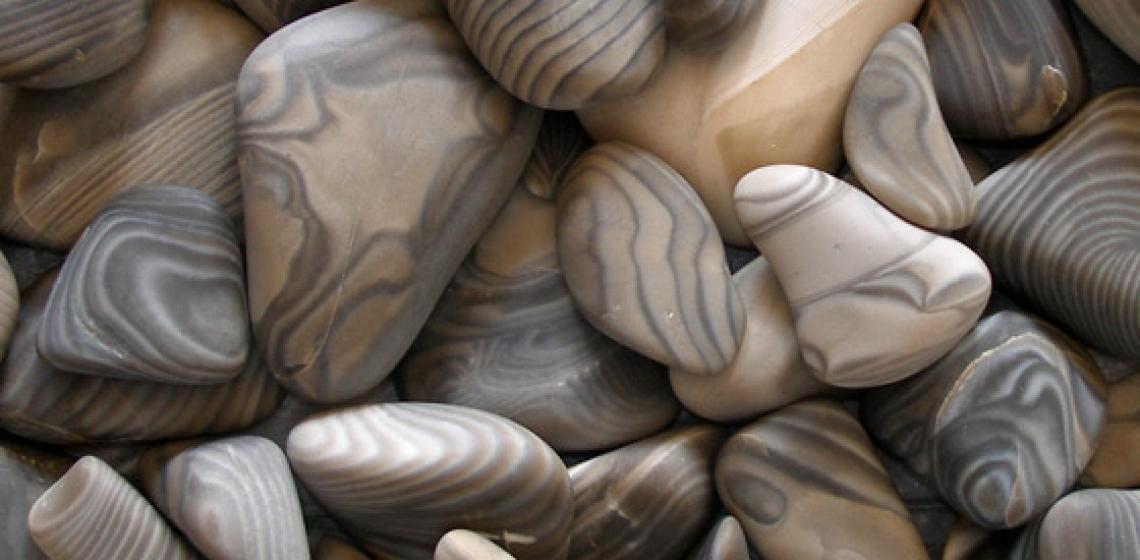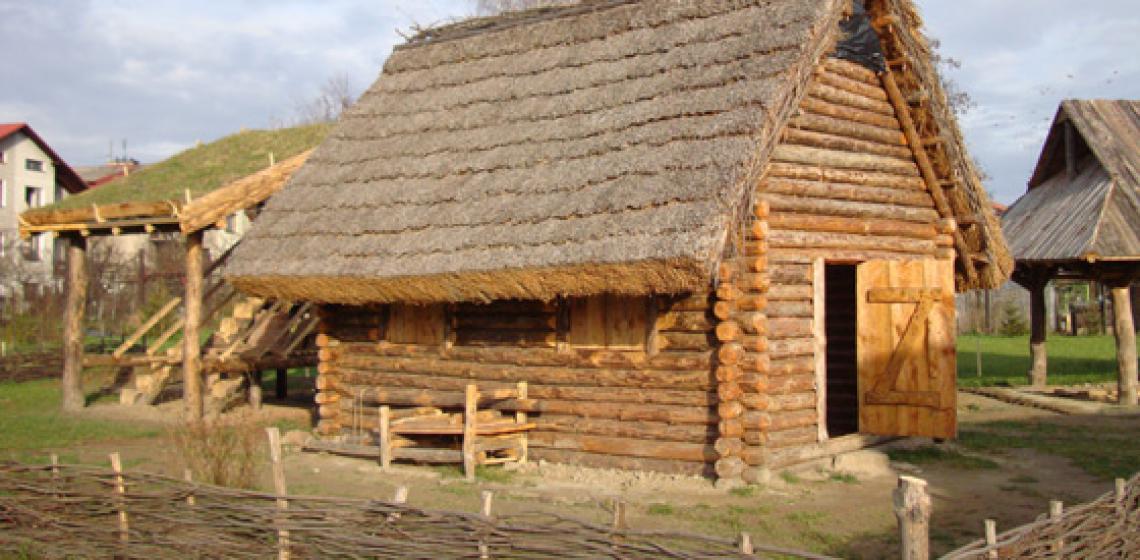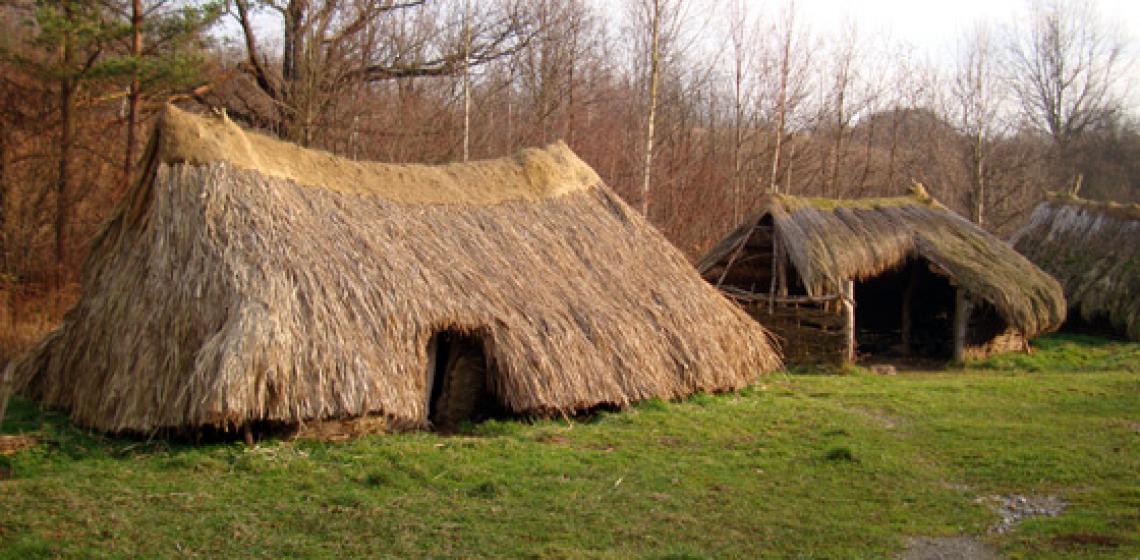Rezerwat Archeologiczny w Kaliszu-Zawodziu (PL)
The city Kalisz derives its name from a mention by Ptolemy in the 2nd century AD of the ancient Kalisii. It is known as one of the oldest Polish cities. It is believed that the first Polish rulers, the Piast dynasty had their cradle.
The city Kalisz derives its name from a mention by Ptolemy in the 2nd century AD of the ancient Kalisii. It is known as one of the oldest Polish cities. It is believed that the first Polish rulers, the Piast dynasty had their cradle...





